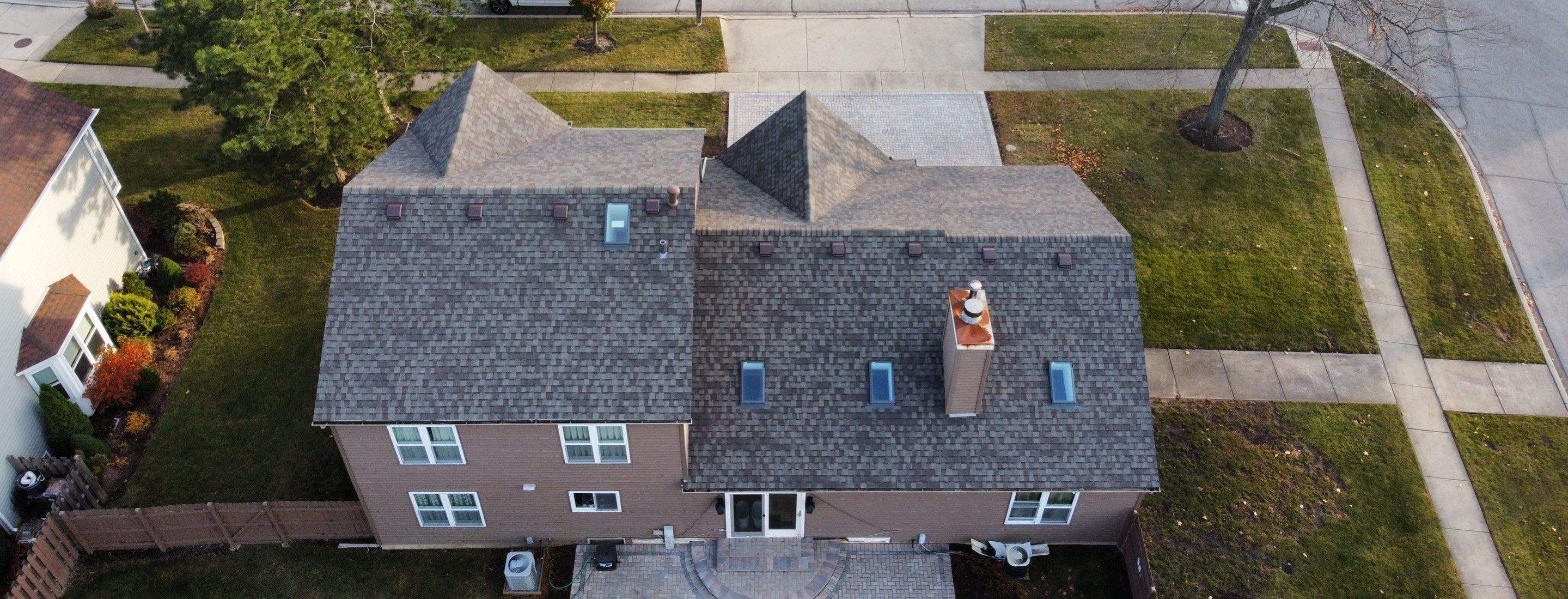Roofing projects often produce leftover materials, and among the most versatile is plywood. A common question from homeowners and even new contractors is: what is scrap plywood used for in roofing? Though it might seem like waste, scrap plywood serves many useful purposes in both residential and commercial roofing jobs. Understanding these uses can help reduce waste, cut costs, and improve site efficiency.
Understanding Scrap Plywood
Before exploring what is scrap plywood used for in roofing, it’s important to define what qualifies as “scrap.” Scrap plywood refers to leftover sheets or offcuts that are too small or irregular for full-scale sheathing or structural use. However, these pieces are far from useless.
The Role of Plywood in Roofing
Plywood is a standard material in roofing, primarily used as decking beneath shingles or other roof coverings. It provides structural support and creates a solid base for waterproofing layers. But what happens to the cutoffs and damaged sheets? That’s where the question of what is scrap plywood used for in roofing becomes relevant.
Temporary Work Platforms
One common answer to what is scrap plywood used for in roofing is creating temporary work platforms. Roofers often lay down scrap plywood to walk on or kneel during installation. This protects both the roofing materials and the workers by distributing weight more evenly across the surface.
Weather Protection for Materials
Another practical use is shielding tools and materials from unexpected weather. Roofing work is vulnerable to sudden rain or high winds. Scrap plywood can be quickly laid over supplies or partially completed sections of the roof, acting as a temporary protective barrier.
Blocking and Bracing
When asking what is scrap plywood used for in roofing, consider the need for structural support during installation. Scrap pieces are often used for blocking and bracing components like vents, skylights, and chimney bases. These supports hold elements in place until permanent installation is completed.
Patchwork Repairs
Scrap plywood is often used for minor patchwork during roofing projects. For example, if a small area of decking is damaged or needs reinforcement, a piece of scrap plywood may serve as a quick and effective solution. This reduces downtime and avoids wasting full sheets.
Underlayment Spacers
Sometimes, roofing requires spacing or leveling layers of underlayment or insulation. A smart answer to what is scrap plywood used for in roofing is using it as a spacer to even out the surface or bridge small gaps before laying shingles or other materials.
Temporary Tool Surfaces
Scrap plywood also doubles as a flat working surface for tools. Roofers often need a stable place to operate nail guns or lay out materials. Instead of risking damage to roofing layers, they place scrap plywood down to serve as makeshift tool stations.
Safety Barriers and Edge Protection
What is scrap plywood used for in roofing when safety is a concern? It’s frequently employed to create temporary edge protection or guardrails. While not a permanent solution, it provides a visual and physical reminder to workers about roof boundaries.
Ramps and Ladders
In some projects, small ramps are needed to transport tools or materials across uneven roof sections. Scrap plywood can be repurposed into temporary ramps or steps, helping to streamline movement and reduce injury risk.
Base for Mixing Materials
Roofing often involves adhesives, sealants, or concrete. Rather than risk staining or damaging permanent surfaces, workers mix these substances on top of scrap plywood. This disposable base makes cleanup faster and keeps the site tidy.
Protection for Gutters and Siding
During roofing, falling debris can damage gutters or siding. Scrap plywood can be leaned or laid strategically to protect these vulnerable areas, showcasing yet another use in answering what is scrap plywood used for in roofing.
Use in Training and Demonstrations
Scrap plywood is also useful in training scenarios. Roofing companies use offcuts to demonstrate new tools, techniques, or materials. This allows trainees to practice without the pressure of working directly on a live roof.
Waste Reduction and Recycling
Understanding what is scrap plywood used for in roofing is essential for sustainability. Reusing these materials reduces landfill waste and promotes responsible construction practices. Many companies even sort and save scrap plywood for future use.
Frequently Asked Questions (FAQ)
Q1: Can scrap plywood be used structurally in roofing?
A1: Not typically. Scrap pieces lack the size and integrity for primary structural support but are great for temporary uses.
Q2: Is it safe to walk on scrap plywood placed on a roof?
A2: Yes, when properly placed. It helps distribute weight and prevents damage to shingles or waterproofing layers.
Q3: How should scrap plywood be stored on-site?
A3: Keep it dry and stacked neatly to avoid warping and maintain usability for various tasks.
Q4: Can scrap plywood be reused on future jobs?
A4: Absolutely. Many contractors keep usable scraps for temporary structures, training, or protective barriers.
Q5: Does using scrap plywood save money?
A5: Yes. It reduces the need for new materials and helps prevent damage to finished surfaces, indirectly lowering costs.
Q6: Is scrap plywood suitable for protecting landscaping during roofing?
A6: Yes. It can be laid over flower beds or grass to catch debris and foot traffic.
Conclusion
So, what is scrap plywood used for in roofing? Far from being waste, scrap plywood serves numerous purposes—protecting tools, workers, materials, and structural components throughout a roofing project. Whether it’s used for makeshift platforms, bracing, safety barriers, or training, this resource proves incredibly versatile and valuable.
Understanding what is scrap plywood used for in roofing also supports sustainability, helps reduce costs, and promotes safer, more efficient work environments. So next time you see a stack of offcuts on-site, recognize them as more than leftovers—they’re essential tools in skilled hands.
View our residential roofing page for more information, or book free inspection here.


